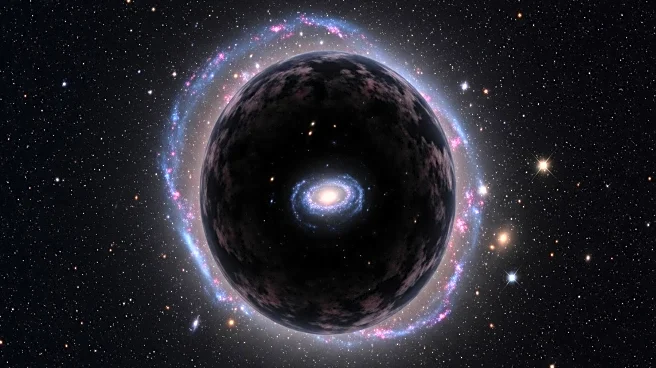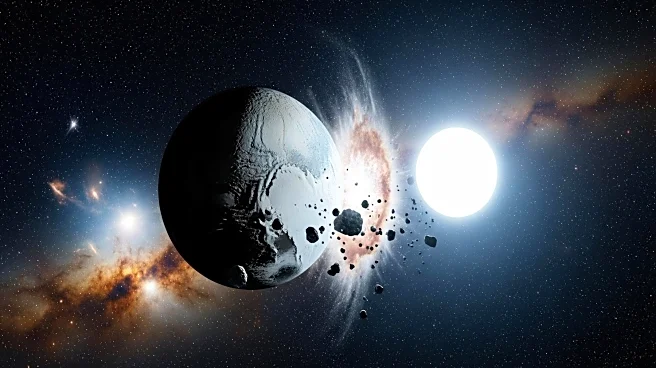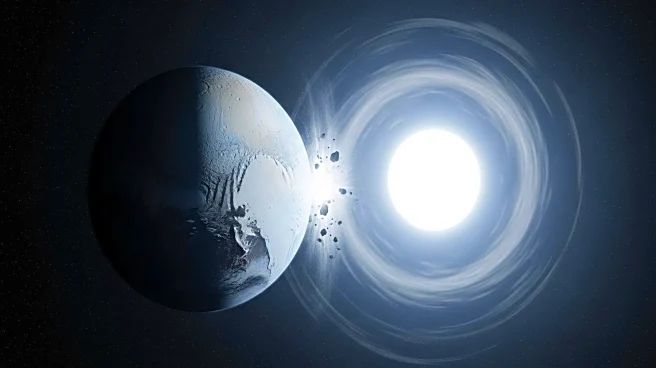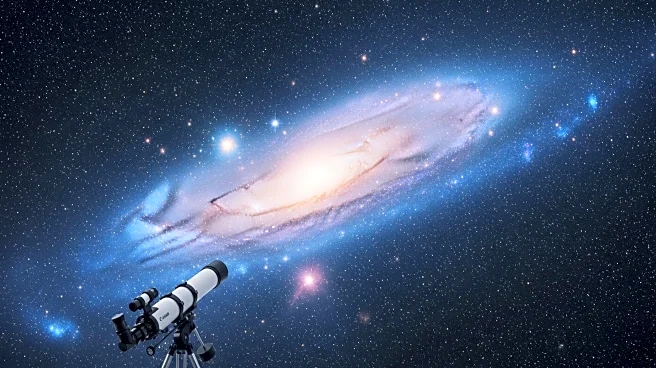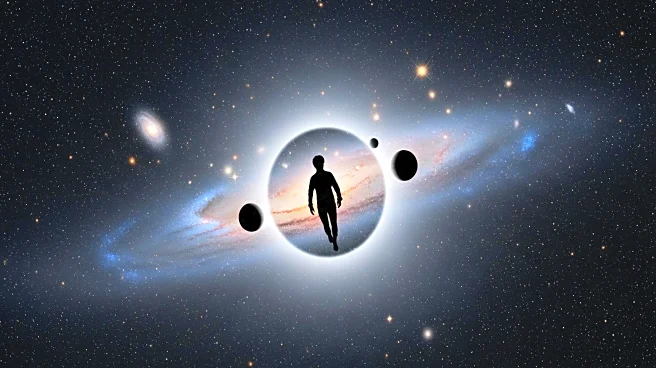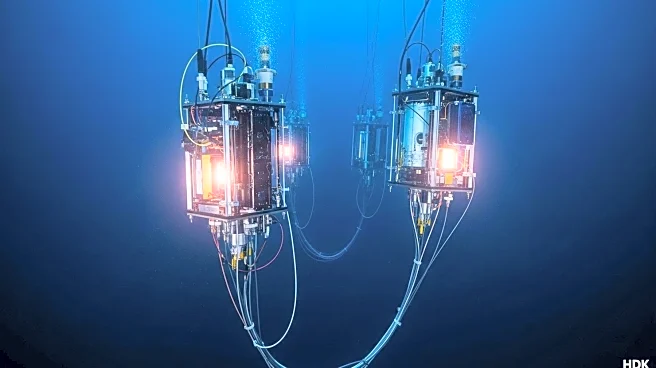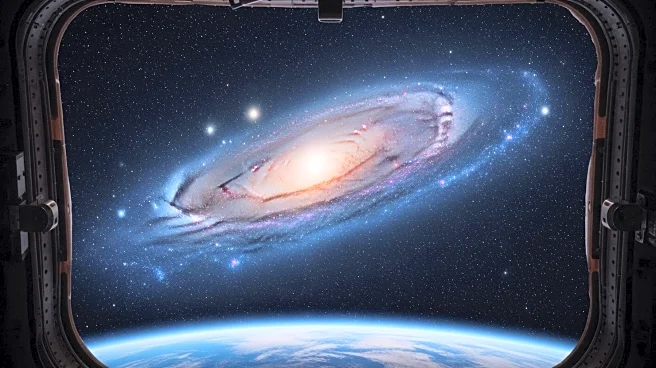What's Happening?
The Vera C. Rubin Observatory, winner of the 2025 Gizmodo Science Fair, is entering its commissioning phase to capture unprecedented views of the universe. Equipped with a 3,200-megapixel camera and a unique three-mirror design, the observatory aims to conduct a comprehensive survey of the night skies over the next decade. The observatory has already released its first images, showcasing millions of galaxies and stars, and discovering over 2,000 new asteroids. The observatory's capabilities are expected to enable discoveries related to dark matter, dark energy, supernovae, and near-Earth asteroids.
Why It's Important?
The Rubin Observatory represents a significant advancement in astronomical research, providing scientists with a powerful tool to explore the universe. Its ability to capture detailed images of the cosmos will enhance understanding of dark matter and dark energy, potentially leading to breakthroughs in cosmology. The observatory's findings could impact various scientific fields, including astrophysics and planetary science, by offering insights into the structure and evolution of the universe. Additionally, the observatory's data will be accessible to scientists worldwide, fostering collaboration and innovation in astronomical research.
What's Next?
The observatory will continue its commissioning phase until October, after which it will become fully operational. Once operational, Rubin will observe the cosmos every night for the next 10 years, capturing around 800 deep exposure images of the visible sky. The observatory's automated schedule will allow for consistent data collection, enabling scientists to analyze changes in the universe over time. The Rubin Science Platform will provide scientists with access to the observatory's data, facilitating new discoveries and research opportunities.

